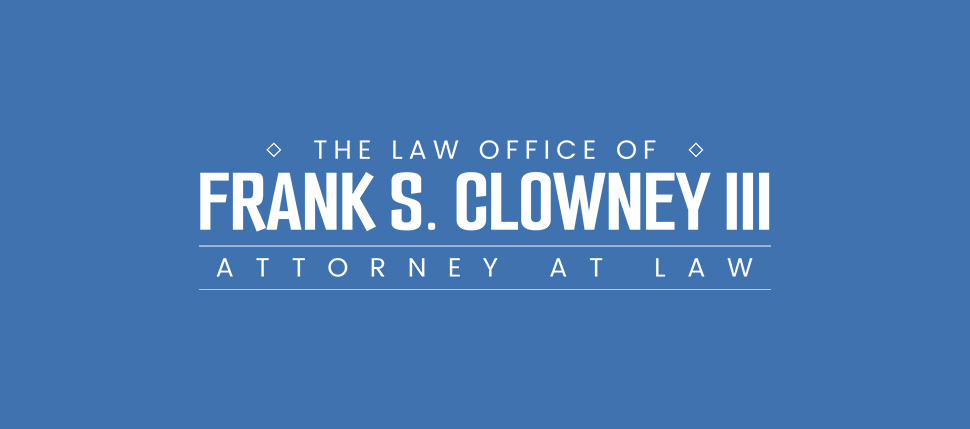Sexual Harassment and a hostile work environment

An employee may find him or herself dreading going to work each day because he or she is being subjected to harassing or abusive treatment in the workplace. It could be sexual harassment or some other abusive treatment. The harassment or abuse could be coming from a supervisor, a co-worker, a customer or even an outside contractor. The employee has heard the term “hostile work environment” and believes that he or she is the victim of a hostile work environment. Is the employee entitled to compensation for the hardship and distress that the hostile work environment is causing?
The answer depends on the nature of the harassment. Not all harassment or abusive behavior will cause a hostile work environment under California law. Sexual harassment is one example of a behavior that can cause an illegal hostile work environment. Sexual harassment is unwanted conduct such as sexual advances, conduct or comments The conduct can be blatant or subtle as long as it directed at the victim because of sex or the victim’s gender. The conduct need not be motivated by sexual desire.
The harassment must be so severe or pervasive that it alters the conditions of the victim’s employment and creates an abusive work environment. Severe generally means a one or two time event, like a sexual assault. More commonly the conduct is a series of events that individually don’t create a hostile work environment, but do create a hostile work environment when added together.
A hostile work environment can also be created by harassment based on age, sexual orientation, country of origin, race, religion or a disability. It cannot be created based on equal opportunity bullying, personal dislike or conduct that is just a personal matter between two employees. A consultation with a lawyer is often needed to sort out whether the harassment has created an illegal hostile work environment.

